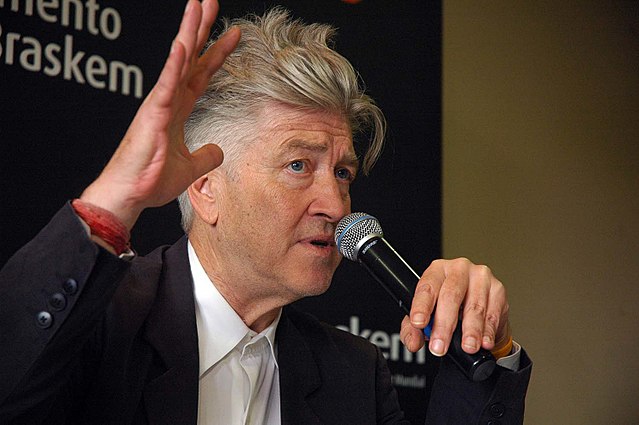Revival of 1980’s ‘The Elephant Man’ Offers an Opportunity To Focus on Its Director, David Lynch, Who Died This Year
This was Lynch’s first shot at the big time. His previous feature, the hallucinatory ‘Eraserhead,’ was a perennial on the midnight movie circuit, but its notoriety as a cult movie was, by its very nature, limited.

The IFC Center is mounting a revival of David Lynch’s “The Elephant Man” (1980) on the occasion of its recent 4K restoration — but also, one feels, as a nod to its director, who died earlier this year. As a colleague, Adrian Nguyen, noted at the time, Lynch “left his mark — weird and experimental — on multiple generations of popular culture.” The 45th anniversary of the picture’s release seems a good moment to get reacquainted with the curious story of a curious film.
The so-called Elephant Man was born Joseph Merrick at Leicester, England, in 1862. Up until the age of 5, Merrick’s physiognomy was, from all accounts, that of any healthy child. The subsequently occurring abnormalities in skin tone and anatomy have retroactively been assigned a number of diagnoses, none of which are certain.
When the Merrick family could no longer care for him, Joseph was housed and employed at a state-run facility. He ultimately left the workhouse to seek a livelihood as a human anomaly, “by being exhibited about the country.”
The latter is excerpted from a pamphlet, likely co-authored by a showman and entrepreneur, Tom Norman, that was handed out at the various venues in which Merrick was put on display. The reason offered for his deformity has a mythological tinge, pointing to how Merrick’s mother had been “frightened by an elephant … during a time of pregnancy.”
Given his predilection for the nightmarish and off-center, Lynch begins “The Elephant Man” by reiterating that myth with a stuttering and sometimes slo-mo montage of threatening elephants and a beautiful young woman. Even at this early juncture, a distinct mood is established by the charcoal-like tonalities of Freddie Francis’s black-and-white cinematography. Lynch would work with Francis again on the original, ill-fated adaptation of “Dune” (1984) and “The Straight Story” (1999).

Did Lynch hire Francis because he had won an Oscar for Best Cinematography on Jack Cardiff’s “Sons and Lovers” (1960), or because the erstwhile Briton had made a name as a director of low-budget horror films for studios like Hammer and Amicus? The odds, I like to think, are on the latter, if only because there’s an undercurrent of pulp to “The Elephant Man” that is within hailing distance of Francis fare like “Dr. Terror’s House of Horrors” (1965) and “Legend of the Werewolf” (1975).
“The Elephant Man” was Francis’s return to cinematography after a 20-year stint as a director, but this was Lynch’s first shot at the big time. His previous feature, the hallucinatory “Eraserhead” (1977), was a perennial on the midnight movie circuit, but its notoriety as a cult movie was, by its very nature, limited. Among those who did see the movie was Jonathan Sanger, at that point a fledgling producer and assistant director.
After optioning the script by Christopher De Vore and Eric Bergren, Mr. Sanger showed it to Mel Brooks, with whom he had just finished working on “High Anxiety” (1977). Mr. Brooks was enthusiastic about the screenplay and wanted a hand in producing it, but had no idea who this much-recommended Lynch fella might be. Mr. Sanger along with Mr. Brooks’s assistant, Stuart Cornfeld, arranged a private screening of “Eraserhead” for the borscht belt auteur. “Jimmy Stewart From Mars,” as Mr. Brooks came to describe Lynch, was hired in no short order.
Almost half a century after its release, “The Elephant Man” retains its insinuating, dream-like power. As a meditation on the possibilities of shared human experience, it edges on corny; as an interrogation into the nature of exploitation, the movie has its fair share of ironies. Also, it’s a peculiar amalgam of Hollywood convention and outsider idiosyncrasy, of feel-good mores and discomfiting voyeurism. Lynch, bringing together these contradictions without selling them short, proved himself a master in the making.
“I am not an animal! I am a human being!” If you don’t know why this has become part of popular discourse, a trip to the IFC Center is recommended.

